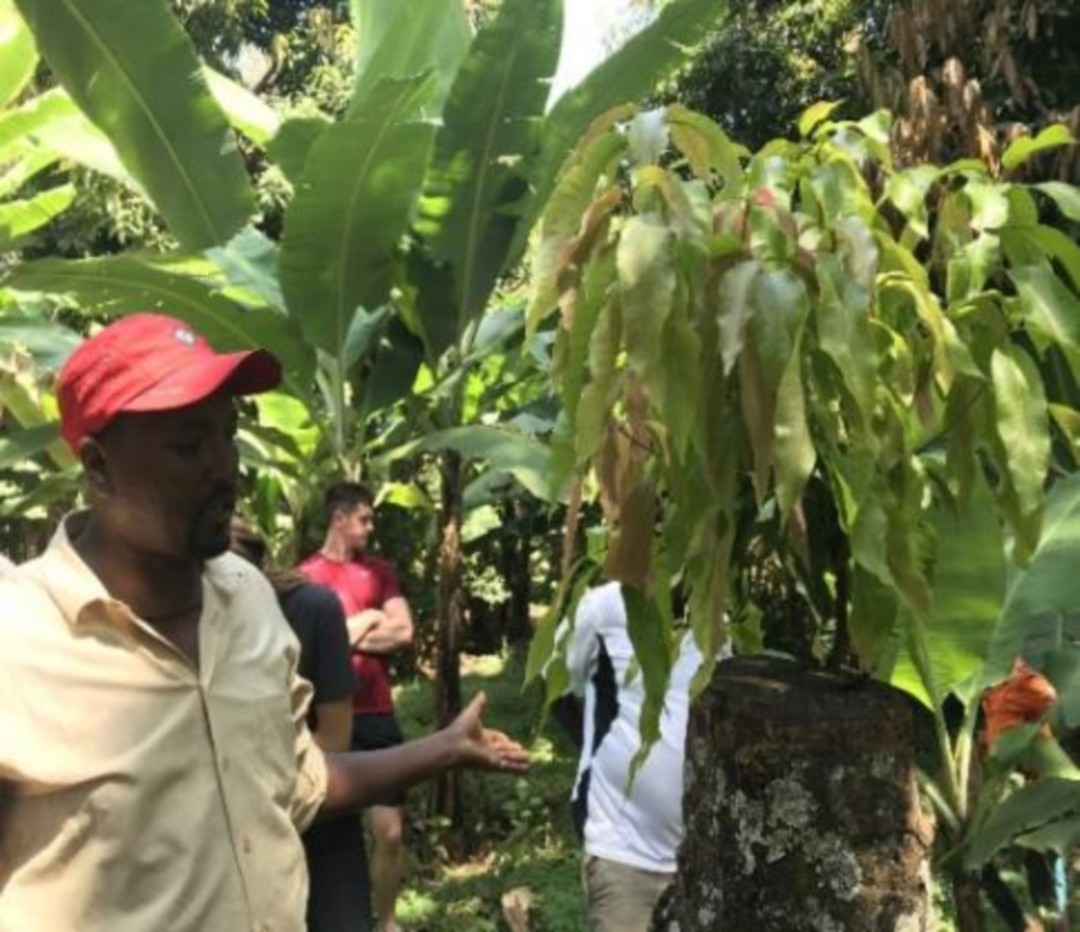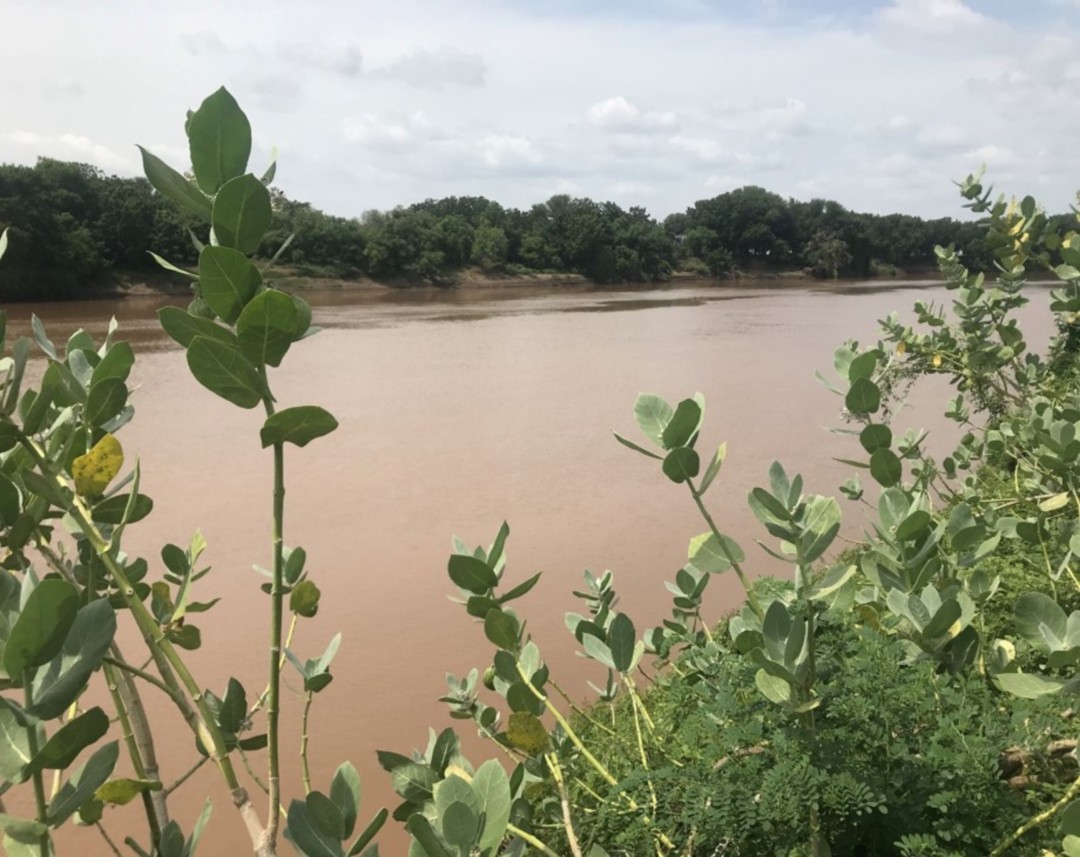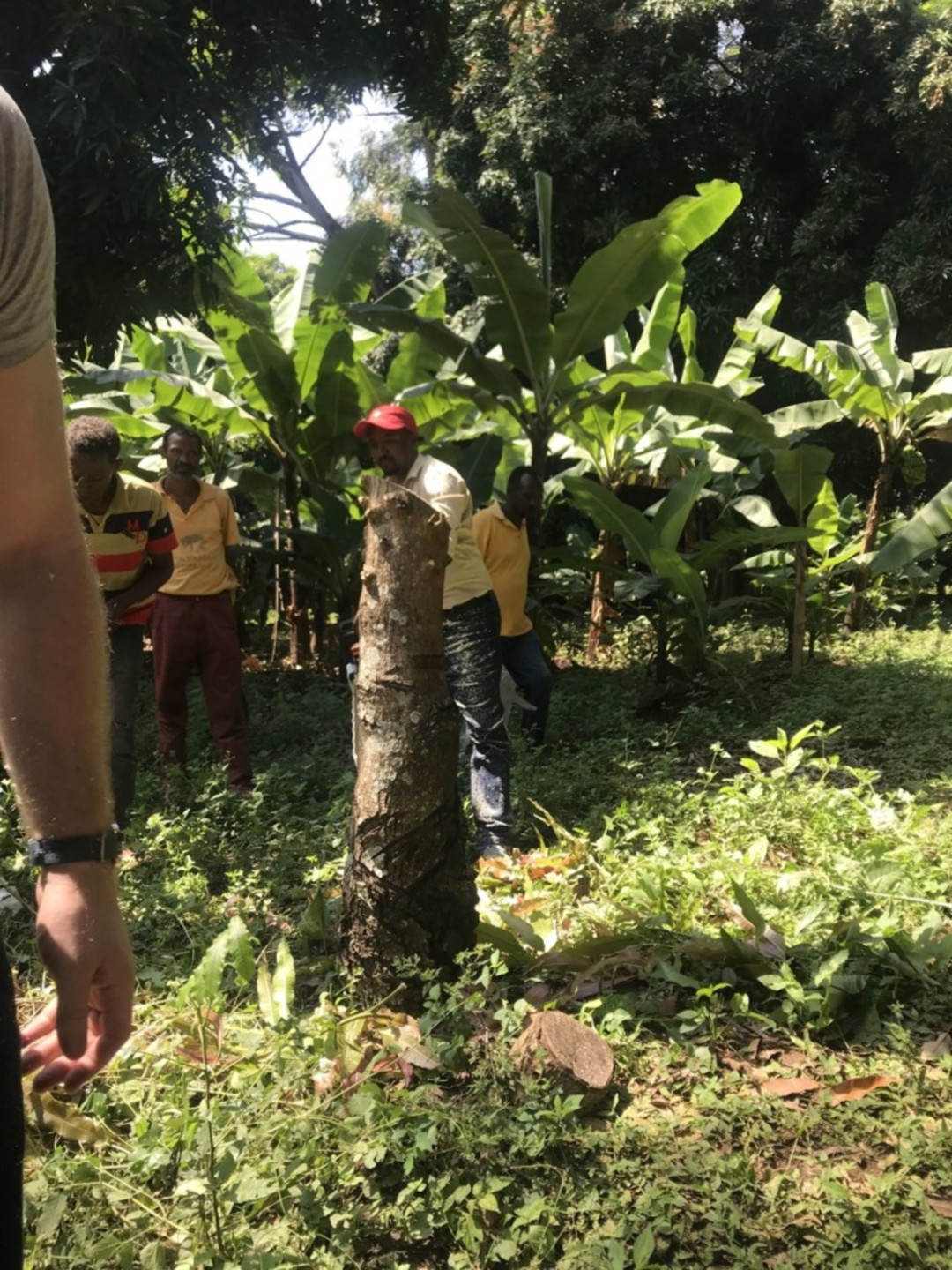Forest restoration and sustainable livelihoods
The project aims to enable 1,000 people in the Gamo community who live near Lake Chamo and Lake Abaya to replenish local forestry and create sustainable livelihoods for themselves. More specifically it will reduce pressure on existing forests and restore degraded communal forests by introducing community-led forest management and results-based tree planting. The agroforestry practices of 1,000 people will be improved thanks to the introduction or addition of a mixture of tree species, improved fruit varieties and forage grass to their land. The incomes and nutrition of 200 households will be increased and improved through support in commercial fruit production, bee keeping and tree-based forage development.The project will also build the capacity and technical competence of the local youth to grow tree seedlings and develop plant nursery skills thanks to the establishment of a tree nursery. Community soil conservation activities will decrease soil erosion on steep slope farm plots and communal land.
Founded in 1989, VITA is an Irish International Development NGO. Its mission is to tackle household food insecurity and build climate-smart sustainable livelihoods through community-led projects
News
Type
Community Development / EnvironmentDuration
January 2022 – December 2024Location
Lake Chamo and Lake Abaya / EthiopiaWith whom
VITA
Website



Ethiopia
Population
105 million (2017)
Per Capita Income
USD 740/year (2017)
Poverty rate *
23% (2015)
Literacy rate
39% (2016)
Human Development Index
173rd out of 189 countries (2018)
Ethiopia is the second most populated country in Sub–Saharan Africa and one of the world’s poorest countries. Although economic growth is hindered by chronic food insecurity, it has enabled positive trends in reducing poverty, in both urban and rural areas. The absolute poverty rate dropped from 46% in 1995 to 8.7% 2016. Over the past 20 years, primary school enrolment has quadrupled, child mortality has been halved and access to clean water has doubled. Good progress has also been made in the fight against malaria and HIV/AIDS. The country is home to the largest refugee population on the continent (730,000 registered refugees), putting additional pressure on natural resources suffering from climate-related shocks.
Sources: World Food Program, UNICEF, World Bank, 2016 Human Development Report, Human Development Indices and Indicators (2018 Statistical Update)
*The percentage of the population living below the national poverty line.